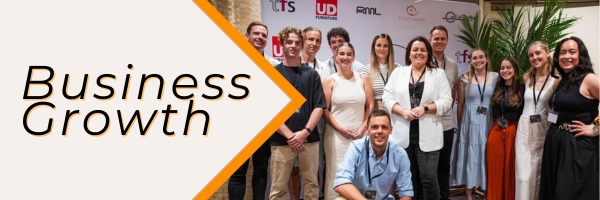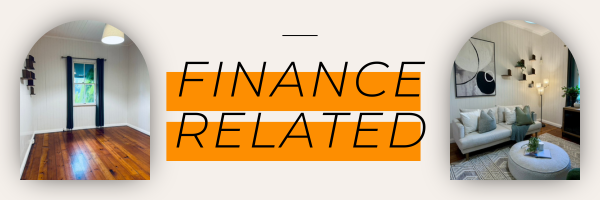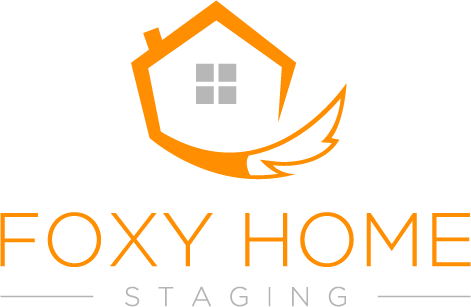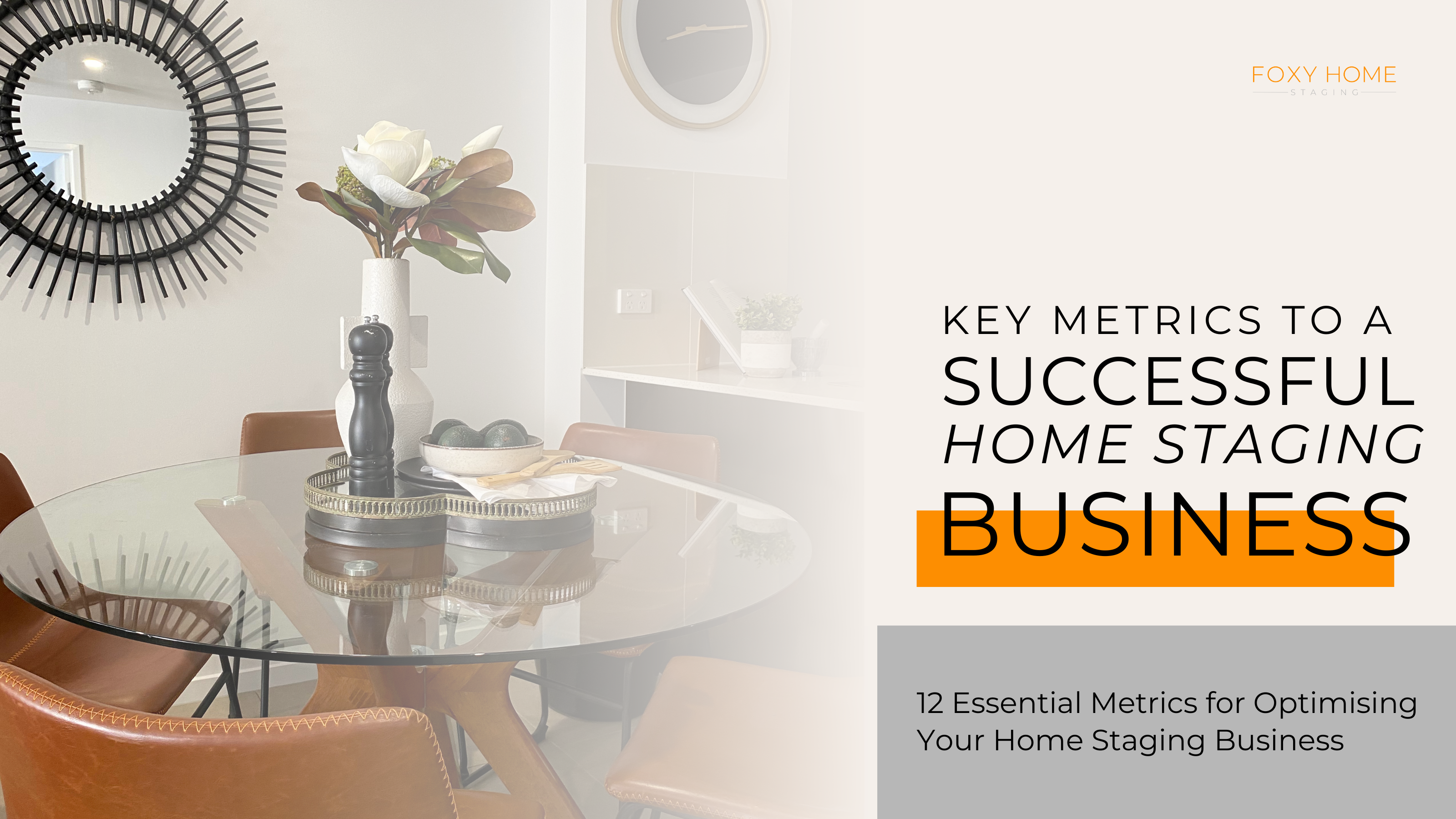Key Metrics for a Successful Home Staging Business
12 Essential Metrics for Optimising Your Home Staging Business.
Understanding business metrics is key to keeping any company on the right track. At Foxy Home Staging, we make sure to keep an eye on a range of metrics to ensure everything is running smoothly and we’re hitting our goals. This article is here to help fellow home staging business owners get a handle on the back end of their business. And while some methods might differ based on how your business is set up, we’ve covered the main points to guide you along the way.
We have grouped these twelve metrics into three categories: business growth, financial, and staging-related. This approach creates an easy-to-follow plan for home staging businesses to track and improve their performance.
Business Growth
This category focuses on metrics that track the expansion and development of the business. It includes indicators such as the number of new clients, market reach, and client retention rates. By monitoring these metrics, home staging businesses can gauge their growth trajectory and identify opportunities for further expansion.
Total Number of Houses Out
- Tracking the number of properties where staging is complete and awaiting pack-up helps us gauge active projects and inventory usage.
Number of Installs
- Monitoring weekly, monthly, and annual installs (target vs. actual) measures operational efficiency and business growth.
Social Media Management
- Closely tracking ads, followers, and engagement on social media through our social media & marketing team.This helps us understand our online presence and how effective our marketing efforts are. It’s not just about chasing numbers for the sake of it. The real aim is to keep enhancing the impact of our content. We also focus on the quantity of content across various platforms, as it’s crucial for building our brand visibility and spreading our name.

Finance
Financial metrics are essential for understanding the fiscal health of the business. This category includes key indicators such as cash flow, profit margins, and cost management. By keeping a close watch on these numbers, businesses can ensure they are operating efficiently and maintaining profitability.
Cash Flow Management
- Keeping an eye on cash flow is crucial for understanding the financial health of your business and making informed decisions. It helps ensure you have the necessary funds for day-to-day operations and can plan for future expenses.
Profit Margin
- Monitoring profit margins ensures our pricing and cost management strategies are effective. Additionally, the business is making money which is the most important thing to keep the business growing.
Major Expense Categories as a Percentage of Profit
- Understanding what your major expenses are allows you to focus your energy on the things that have the biggest impact. For example, in the early years, by tracking major expenses, we identified that furniture hire was impacting our profit margins, prompting an early focus on owning our stock.

Staging Related
These metrics are directly tied to the core service of our business. They encompass factors like the average time it takes to stage a property, client satisfaction ratings, and the success rate of staged homes in the market. Tracking these metrics helps businesses refine their staging processes and improve overall service quality.
Sales Results
- We track if each styled property sells during staging or soon after. This helps show clients how effective our services are. We also use these positive results in our marketing materials and when talking to potential clients.
Average Duration of Furniture Hire
- Monitoring how long our furniture remains in each property helps measure efficiency and return on assets. Approximately 50% of our properties are packed up before six weeks, a metric adjusted during COVID to provide clients with added security.
Agent Stats
- Tracking sales results of each agent we work with helps identify valuable relationships. Agents appreciate the stats we share about the impact staging has had on their listings.
Repeat Agents vs New Agents Ratio
- Understanding the ratio of new to returning agents helps balance expanding our network and maintaining strong relationships.
Inventory Management/Asset Payback & Efficiency
- For those owning their stock, managing inventory through software or Excel allows us to track furniture usage, payback, and the need for new purchases.
Logistics Benchmarking
- Efficient time management is crucial. We plan daily schedules in 15-minute intervals, considering transit, loading, unloading, and property specifics to optimise truck schedules.







Facebook Comments